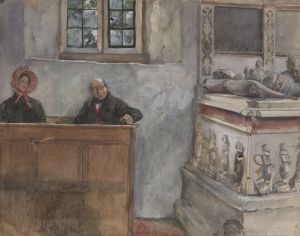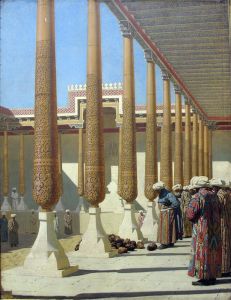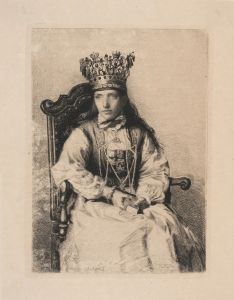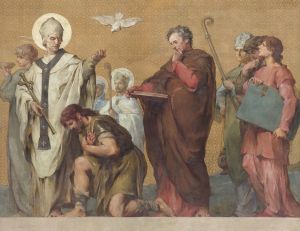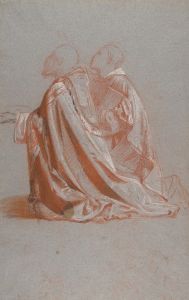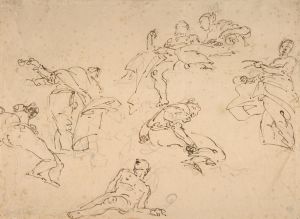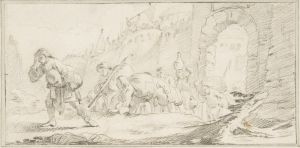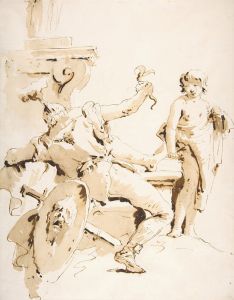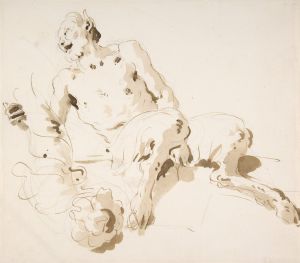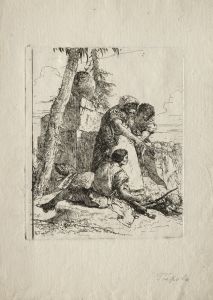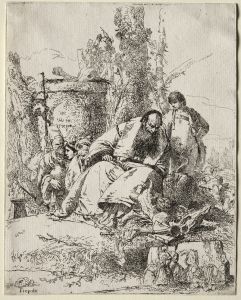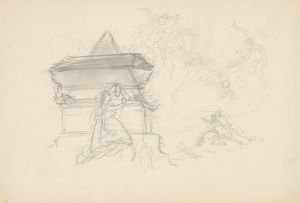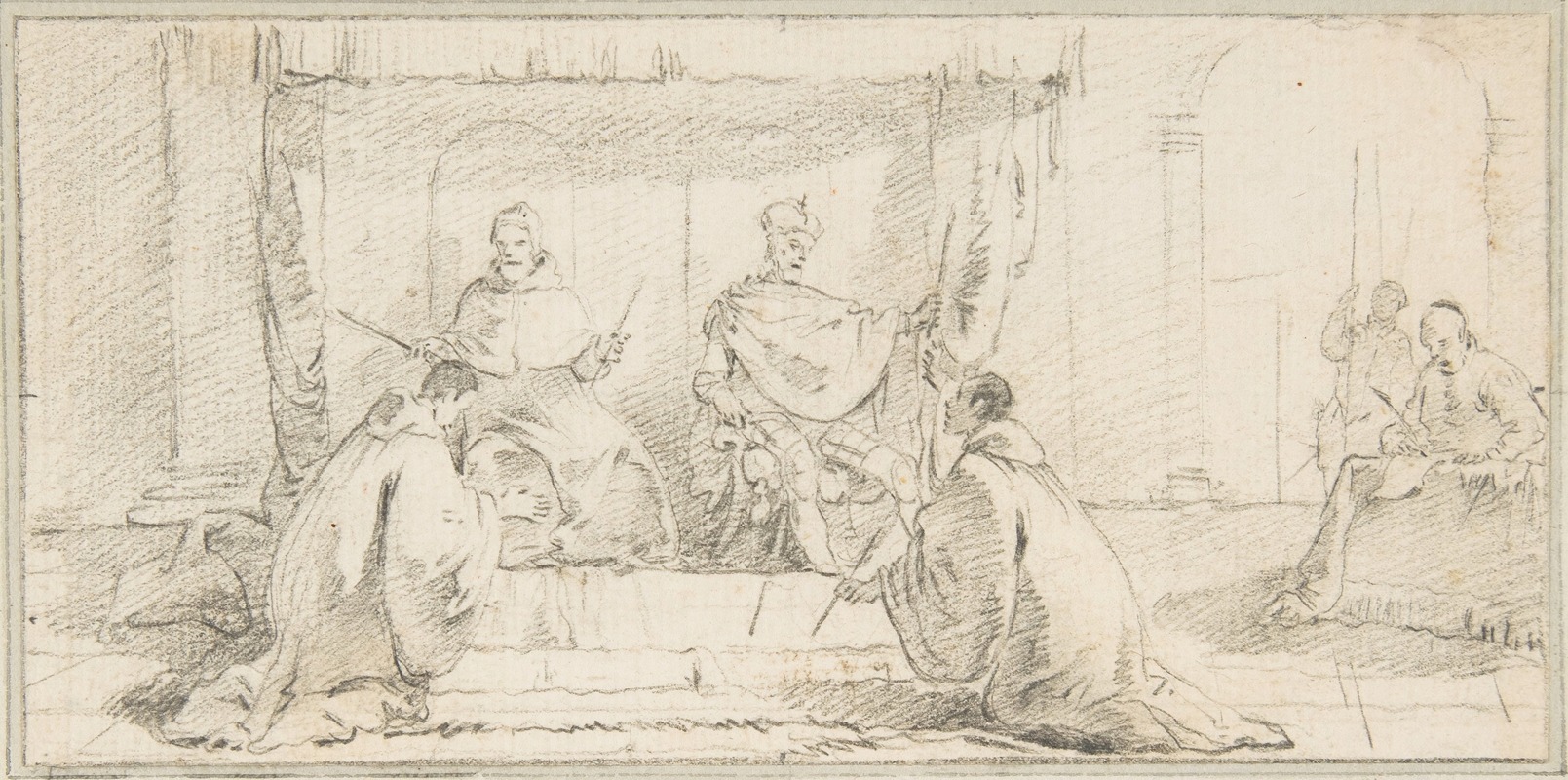
Two Monks Kneeling before a Doge and an Emperor
A hand-painted replica of Giovanni Battista Tiepolo’s masterpiece Two Monks Kneeling before a Doge and an Emperor, meticulously crafted by professional artists to capture the true essence of the original. Each piece is created with museum-quality canvas and rare mineral pigments, carefully painted by experienced artists with delicate brushstrokes and rich, layered colors to perfectly recreate the texture of the original artwork. Unlike machine-printed reproductions, this hand-painted version brings the painting to life, infused with the artist’s emotions and skill in every stroke. Whether for personal collection or home decoration, it instantly elevates the artistic atmosphere of any space.
"Two Monks Kneeling before a Doge and an Emperor" is a painting attributed to the Italian artist Giovanni Battista Tiepolo, a prominent figure of the Venetian Rococo period. Tiepolo, renowned for his grand frescoes and mastery of light and color, created works that often depicted religious, historical, and mythological themes. However, specific details about the commission, date, and context of this particular painting remain unclear.
The artwork portrays two monks kneeling in a gesture of reverence before two figures identified as a Doge and an Emperor. The Doge, a title historically associated with the elected leader of the Republic of Venice, and the Emperor, likely referencing the Holy Roman Emperor, are depicted in a manner that reflects their respective authority and status. The composition suggests a scene of homage or supplication, a common theme in Tiepolo's oeuvre, which often explored hierarchical relationships and ceremonial interactions.
Tiepolo's characteristic style is evident in the painting's use of dynamic composition, dramatic contrasts of light and shadow, and delicate yet expressive brushwork. These elements contribute to the sense of grandeur and theatricality that defines much of his work. The figures are rendered with a sense of movement and vitality, showcasing Tiepolo's ability to convey emotion and narrative through his art.
As with many of Tiepolo's works, the painting demonstrates his skill in blending realism with idealization, creating a scene that is both lifelike and imbued with a sense of the sublime. The use of color, particularly the rich tones of the robes and the subtle interplay of light on the figures, highlights Tiepolo's expertise in creating depth and atmosphere.
The painting is believed to have been part of a larger decorative scheme, possibly intended for a church or a private commission. Tiepolo frequently worked on large-scale projects, including altarpieces and ceiling frescoes, and this work may have been conceived as part of a broader narrative or thematic cycle.
Currently, the painting is housed in the collection of the National Gallery of Victoria in Melbourne, Australia. It remains an important example of Tiepolo's ability to combine religious and historical iconography with his signature artistic style. While the exact historical and contextual details of the painting are not fully documented, it continues to be appreciated for its artistic merit and as a representation of Tiepolo's contribution to 18th-century Venetian art.





